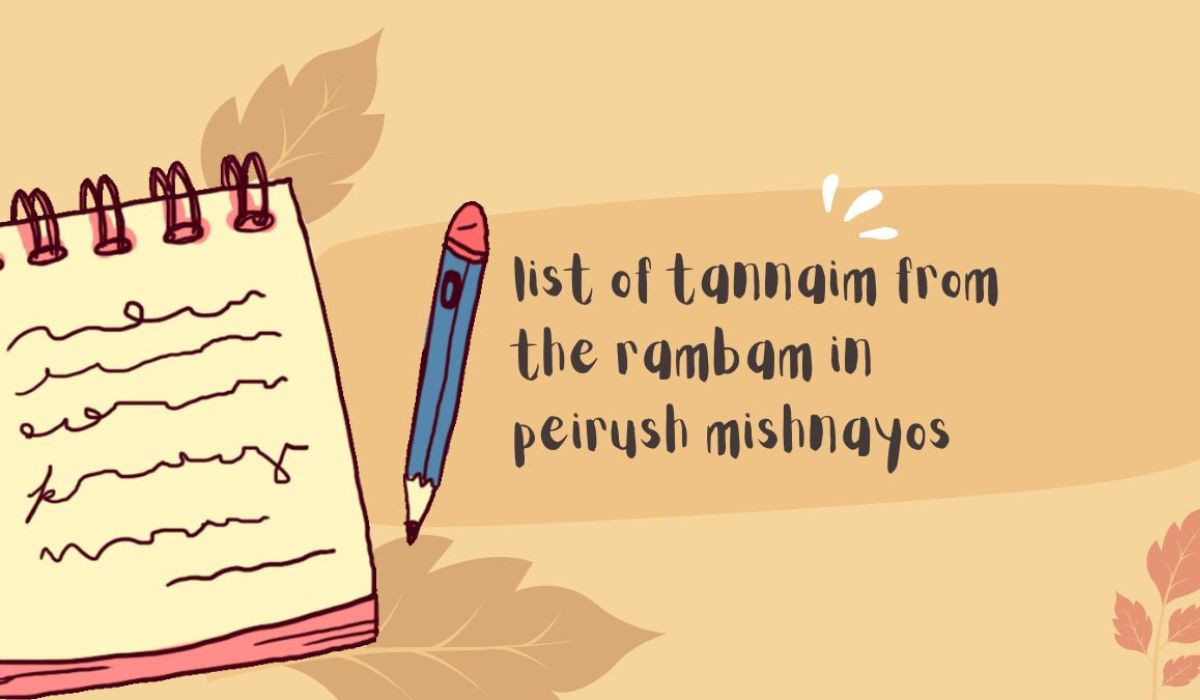Introduction
Are you trying to craft content that resonates with readers, keeps them engaged, and provides nuanced perspectives? Using Your Topics | Multiple Stories, you can create deep, captivating narratives that draw readers into your world. This article explores how the concept of multiple stories can elevate your content, whether you’re a blogger, an educator, or a content creator. We’ll also cover proven strategies for using multiple narratives effectively while incorporating SEO benefits into your work.
Understanding Multiple Stories
What are Multiple Stories?
At its core, multiple stories refer to blending various storylines, perspectives, or narratives into a single piece of content. It allows you to explore complex subjects through multiple angles, creating richer and more engaging material.
Why Use Multiple Stories?
The use of multiple stories enhances relatability and deepens your narrative’s impact. Readers are naturally drawn to characters, emotions, and unique perspectives. This storytelling technique is used effectively in sectors such as blogging, education, journalism, literature, and marketing.
Real-life Application Examples
- Blogging: Personal finance blogs combining multiple user stories of financial transformation to highlight a budgeting tool.
- Education: Presenting a historical event through the perspectives of soldiers, civilians, and political leaders to teach nuance.
- Marketing: Showcasing customers’ journeys with a product to build relatability and trust.
Techniques for Writing Multiple Stories
1. Using Multiple Narratives
Craft narratives where multiple characters tell their side of the story or interweave different story arcs. Examples include alternating points of view or splitting your content into chapters that focus on distinct storylines.
Tips for Success
- Use a clear structure to avoid confusing readers.
- Link the narratives with a unifying theme or question.
- Ensure each narrative adds value to the overall topic.
2. Writing Dual Narratives
Dual narratives involve two intertwined storylines. For example, a blog might alternate between a business owner’s experiences adopting new technology and the perspective of their team adjusting to the change.
Tips for Writing Dual Narratives
- Write both narratives separately first to ensure clarity.
- Introduce visual cues, like font changes or subheadings, to distinguish between the two.
- Plan how the narratives merge, creating an “aha” moment for readers.
3. Exploring Multiple Perspectives
Multiple-perspective storytelling dives into your main characters and secondary roles to explore a topic comprehensively. For example, tackle climate change by highlighting stories from researchers, activists, and everyday citizens.
Steps to Implement
- Assign distinct viewpoints to your characters.
- Strategically use dialogue and actions to connect contrasting perspectives.
- Weave in secondary characters that challenge or support the main narrative.
Benefits of Incorporating Multiple Stories
1. Boosted Reader Engagement
Multiple storylines keep readers invested as they eagerly uncover how narratives interconnect or resolve. This also encourages readers to stay longer on your page, improving metrics like bounce rates.
2. Simplified Learning Experience
Complex ideas become more accessible when broken into relatable stories. An educational article, for instance, can tackle quantum physics through thought-provoking anecdotes.
3. SEO Rewards
By presenting layered content, you can optimize for multiple keywords while naturally building rich, shareable material. An example could be a travel blog that blends local business highlights with personal anecdotes from travelers.
Successful Example
Popular novels like The Night Circus by Erin Morgenstern use multiple timelines and perspectives to weave intriguing, layered stories. Similarly, bloggers like Humans of New York elevate storytelling by sharing various community members’ real-life stories.
Implementing Multiple Stories in Different Content Formats
Blog Posts, Articles, and Essays
- Use sidebars or infographics to highlight secondary narratives.
- Introduce storytelling sections to transform your standard article into a multi-dimensional piece.
Fiction and Non-fiction Books
- Build parallel story arcs that intersect at the climax.
- Use character development to bridge diverse narratives.
Educational Content
- Teach through case studies or scenarios.
- Utilize visuals (like timelines or maps) to clarify context for complex narrations.
SEO and Engagement Strategies for Multiple Story Content
1. Optimize with Keywords
Integrate keywords like “Your Topics | Multiple Stories” in the title, throughout headings, and naturally within the text to rank higher on search result pages.
2. Improve Readability
Utilize active voice, short paragraphs, and transition words like “however” or “meanwhile” to boost accessibility. Break material into digestible segments using headers and bullet points.
3. Enhance Visibility
Share your content on platforms such as LinkedIn, blogging communities, or YouTube to reach diverse audiences. Use meta descriptions and appealing headlines to entice readers to click.
YOU MAY ALSO LIKE
Courage Defined in the St Philopateer Life Time Story
Conclusion
By implementing these strategies, you can create content that not only resonates with your audience but also performs well across various platforms. Focus on delivering value, maintaining clarity, and ensuring your material is easy to discover and share. Consistent effort and thoughtful optimization will set your content apart and help you achieve long-term success.
FAQs
1. What is the best way to start writing multiple stories?
Start small. Choose a unifying theme and map out each story before intertwining them. Clearly plan transitions between stories for a seamless flow.
2. How do you maintain consistency across multiple narratives?
Use a cohesive tone that aligns with your topic, and regularly reference your central question or theme.
3. Can multiple stories be effective for SEO?
Yes! Multiple stories create diverse content that satisfies multiple keyword searches and boosts user engagement metrics like time on page.
4. How long should each story be in a multiple-story format?
Each story should be concise and provide value without diluting the main focus. The ideal length depends on your target audience and format.
5. Is it better to write multiple stories in first or third person?
Both approaches can work. For intimate or emotional narratives, first-person works best. For broader or technical content, third-person may offer more flexibility.











